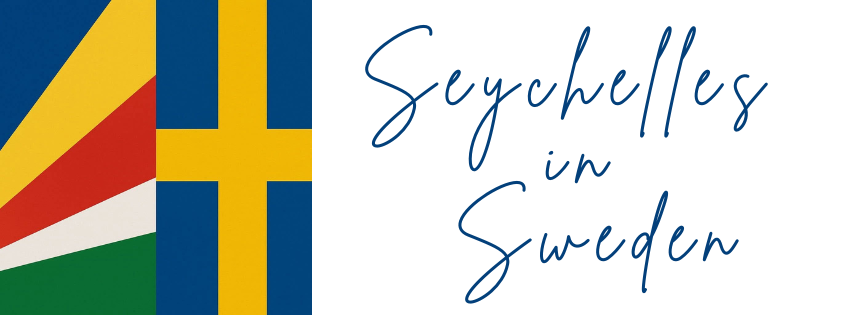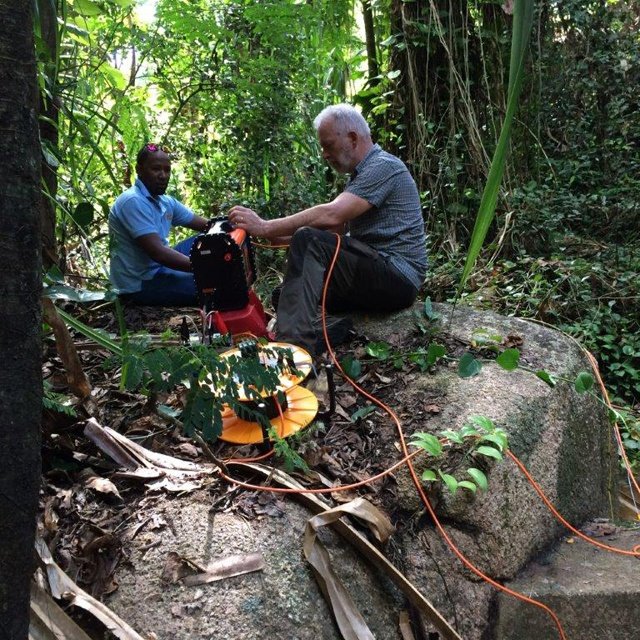A preliminary study by Swedish-based Water Harvesting Company and the Swedish Geological Survey Unit has identified potential sites for groundwater extraction on Seychelles’ three main islands: Mahé, Praslin, and La Digue. The two-week study, conducted in December, initially assessed 100 locations and narrowed them down to ten promising sites — six on Mahé, two on Praslin, and two on La Digue.
Johan von Garrelts of the Water Harvesting Company explained that site selection considered accessibility, proximity to existing piping systems, and conditions indicating groundwater presence such as topography, tectonics, and natural streams.
The Public Utilities Corporation (PUC) will begin the second phase in February, which involves drilling to confirm water quality and volume. PUC’s Deputy CEO, Joel Valmont, noted that findings from this stage will guide the number of boreholes to be implemented.
Minister for Environment, Climate Change, and Energy, Didier Dogley, said that if trials are successful, Seychelles could begin harvesting groundwater by next year. He explained that the boreholes are designed to be environmentally safe, with minimal surface impact, and could serve both extraction and infiltration purposes to improve water security during the dry season.
Despite the island nation receiving an average of 2,300 millimetres of rain annually, water shortages persist during the south-east monsoon from May to October, often necessitating rationing. Groundwater extraction is part of a broader strategy to reduce reliance on desalination and ensure sustainable water supply.
From Salim C. Mathieu, Founder of Seychelles in Sweden
This project highlights how international expertise can support Seychelles in building long-term solutions for vital resources. Groundwater exploration, when managed carefully, could provide a sustainable backup during the dry season, complementing our existing water systems. Sweden’s involvement brings valuable technical knowledge and a methodical approach that Seychelles can adapt to our unique island environment.

